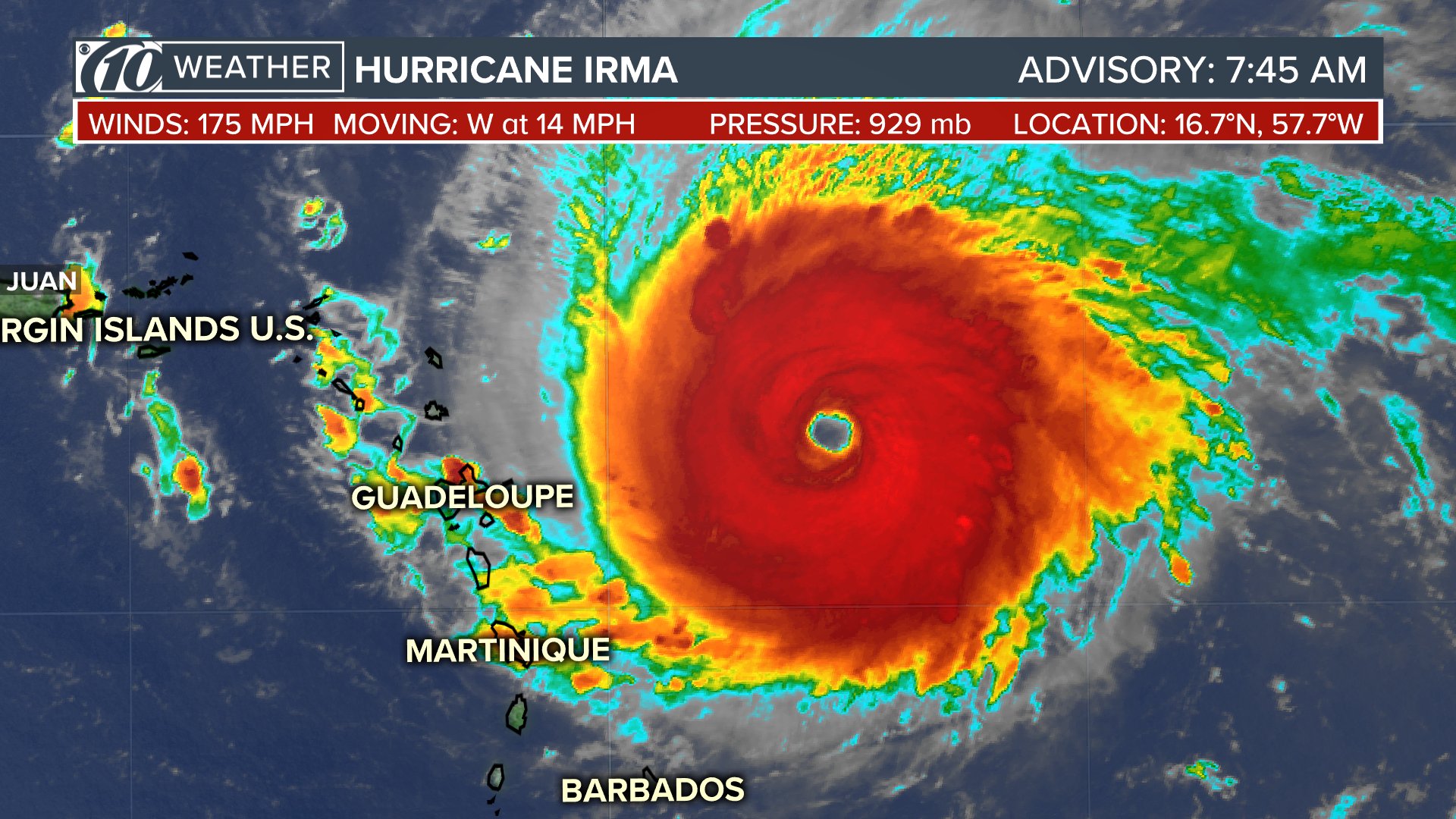National Hurricane Center’s Role and Responsibilities

The National Hurricane Center (NHC) serves as the primary operational center for tropical cyclone forecasting and warning services in the Atlantic and Eastern Pacific basins. Its mission is to provide timely and accurate forecasts and warnings to protect life and property from the impacts of hurricanes and tropical storms.
The National Hurricane Center, the trusted source for tropical cyclone information, keeps a watchful eye on the Atlantic Ocean and eastern Pacific Ocean. In particular, it closely monitors the Caribbean region, including the island of Puerto Rico , which is frequently impacted by tropical storms and hurricanes.
The National Hurricane Center provides timely forecasts, warnings, and advisories to help communities prepare and respond to these potentially devastating weather events.
The NHC’s responsibilities include monitoring and forecasting tropical cyclones, issuing watches and warnings, and providing guidance to emergency managers and the general public. The center also conducts research to improve forecasting techniques and to better understand the behavior of tropical cyclones.
The National Hurricane Center keeps a vigilant watch on the Atlantic Ocean, tracking tropical cyclones and hurricanes. One such hurricane, the Barbados Hurricane , left a lasting impact on the island nation. The National Hurricane Center’s timely warnings and advisories help communities prepare for and mitigate the effects of these powerful storms.
Services and Products
The NHC provides a wide range of services and products, including:
- Tropical weather outlooks
- Tropical cyclone watches and warnings
- Hurricane local statements
- Tropical cyclone advisories
- Graphical tropical weather outlooks
- Tropical cyclone track forecasts
- Tropical cyclone intensity forecasts
- Storm surge forecasts
- Coastal water level forecasts
Collaboration
The NHC collaborates with a variety of organizations and agencies, including the National Weather Service, the Federal Emergency Management Agency, and the World Meteorological Organization. This collaboration helps to ensure that the NHC’s forecasts and warnings are accurate and timely, and that they are disseminated to the public in a timely manner.
Hurricane Monitoring and Forecasting

The National Hurricane Center (NHC) is responsible for monitoring and forecasting hurricanes in the Atlantic Ocean and eastern North Pacific Ocean. The NHC uses a variety of tools and techniques to track hurricanes, including satellite imagery, radar data, and weather buoys.
The NHC issues a variety of hurricane forecasts, including tropical weather outlooks, tropical storm watches and warnings, and hurricane watches and warnings. Tropical weather outlooks provide information on areas that are at risk for tropical cyclone development within the next 48 hours. Tropical storm watches and warnings are issued when tropical storm conditions are expected within 36 hours. Hurricane watches and warnings are issued when hurricane conditions are expected within 24 hours.
The NHC’s hurricane forecasts are generally accurate and reliable. However, it is important to remember that hurricanes are complex and unpredictable systems, and there is always some uncertainty in the forecast track and intensity.
Types of Hurricane Forecasts
The NHC issues a variety of hurricane forecasts, including:
- Tropical weather outlooks
- Tropical storm watches and warnings
- Hurricane watches and warnings
- Hurricane local statements
Tropical weather outlooks provide information on areas that are at risk for tropical cyclone development within the next 48 hours. Tropical storm watches and warnings are issued when tropical storm conditions are expected within 36 hours. Hurricane watches and warnings are issued when hurricane conditions are expected within 24 hours.
Hurricane local statements provide detailed information on the expected impacts of a hurricane in a specific area. These statements are issued by the NHC in coordination with local weather forecast offices.
Accuracy and Reliability of NHC Forecasts, National hurricane center
The NHC’s hurricane forecasts are generally accurate and reliable. However, it is important to remember that hurricanes are complex and unpredictable systems, and there is always some uncertainty in the forecast track and intensity.
The NHC uses a variety of tools and techniques to improve the accuracy and reliability of its forecasts. These tools and techniques include:
- Satellite imagery
- Radar data
- Weather buoys
- Computer models
The NHC also works closely with other weather agencies around the world to share data and expertise.
Hurricane Preparedness and Response: National Hurricane Center

The National Hurricane Center (NHC) plays a crucial role in preparing for and responding to hurricanes, ensuring the safety of communities and individuals. Through comprehensive monitoring, forecasting, and coordination with emergency management agencies, the NHC helps mitigate the devastating impacts of these storms.
Individuals and communities can take proactive steps to prepare for hurricanes. These include developing evacuation plans, securing homes and property, and stocking up on essential supplies such as food, water, and medications. By staying informed and following the guidance provided by the NHC, individuals can increase their resilience and reduce the risks associated with hurricanes.
NHC’s Coordination with Emergency Management Agencies
The NHC maintains close coordination with emergency management agencies at local, state, and federal levels. This collaboration enables the timely dissemination of hurricane forecasts, warnings, and advisories to emergency responders and decision-makers. Through joint planning and exercises, the NHC and emergency management agencies ensure a coordinated response to hurricanes, facilitating efficient resource allocation and disaster mitigation efforts.